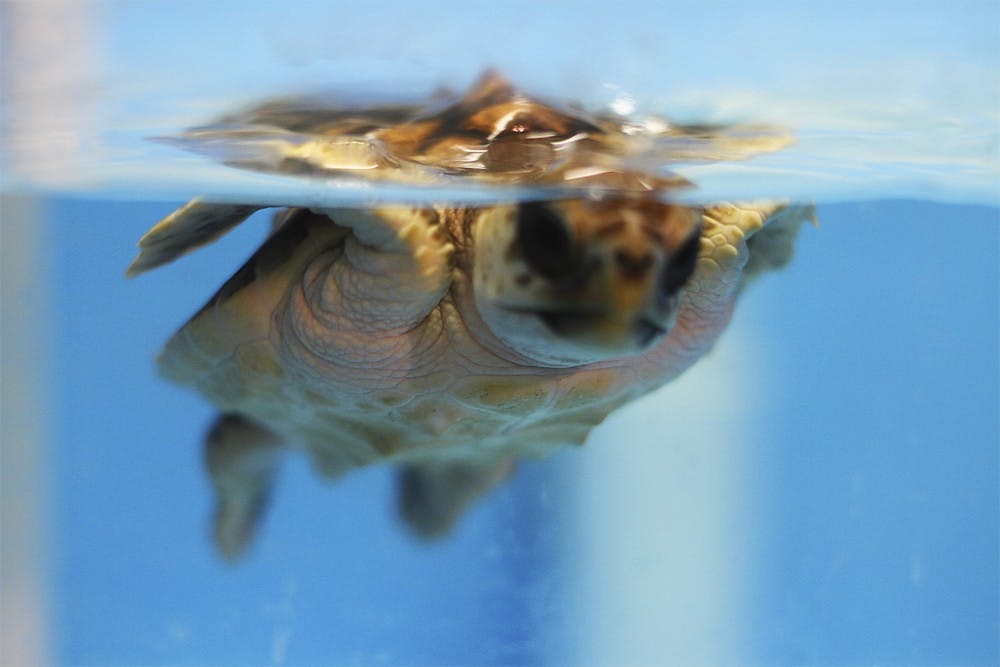The endangered loggerhead sea turtle travels completely around the Atlantic Ocean during its lifetime, beginning along the eastern coast of Florida and passing by Spain, Portugal and the northern coast of Africa, biology professor Kenneth Lohmann said.
The loggerhead is only able to make this five to 10 year journey once in its lifetime, but it returns to its original home using imprinting and magnetic fields as a sort of global positioning system.
Imprinting is crucial to turtles being able to find their birthplaces, J. Roger Brothers, a Ph.D. student in the biology department, said.
“Imprinting is really just a special form of learning,” Brothers said. “So we usually think of imprinting in terms of geese imprinting on their mother figure.”
Brothers said the earth’s magnetic field is useful for two reasons.
“The first is that it’s different everywhere in the world. And the second is it exists everywhere in the world,” he said.
“So even out in the middle of the ocean, where turtles migrate, where it seems very featureless — if you’ve ever been out on a boat, there’s nothing to tell you were you are — turtles can sense the earth’s magnetic field and they’ve developed this way to use the earth’s magnetic field almost like an internal GPS.”
The biology department’s research has solved the mystery of sea turtle navigation, but with magnetic fields at risk from beach development, the turtles are at risk, too.



